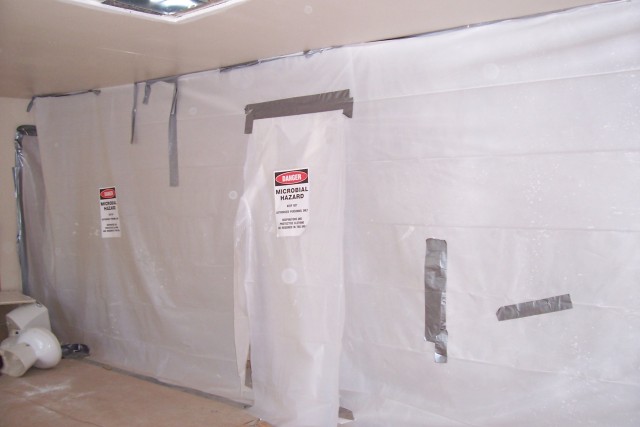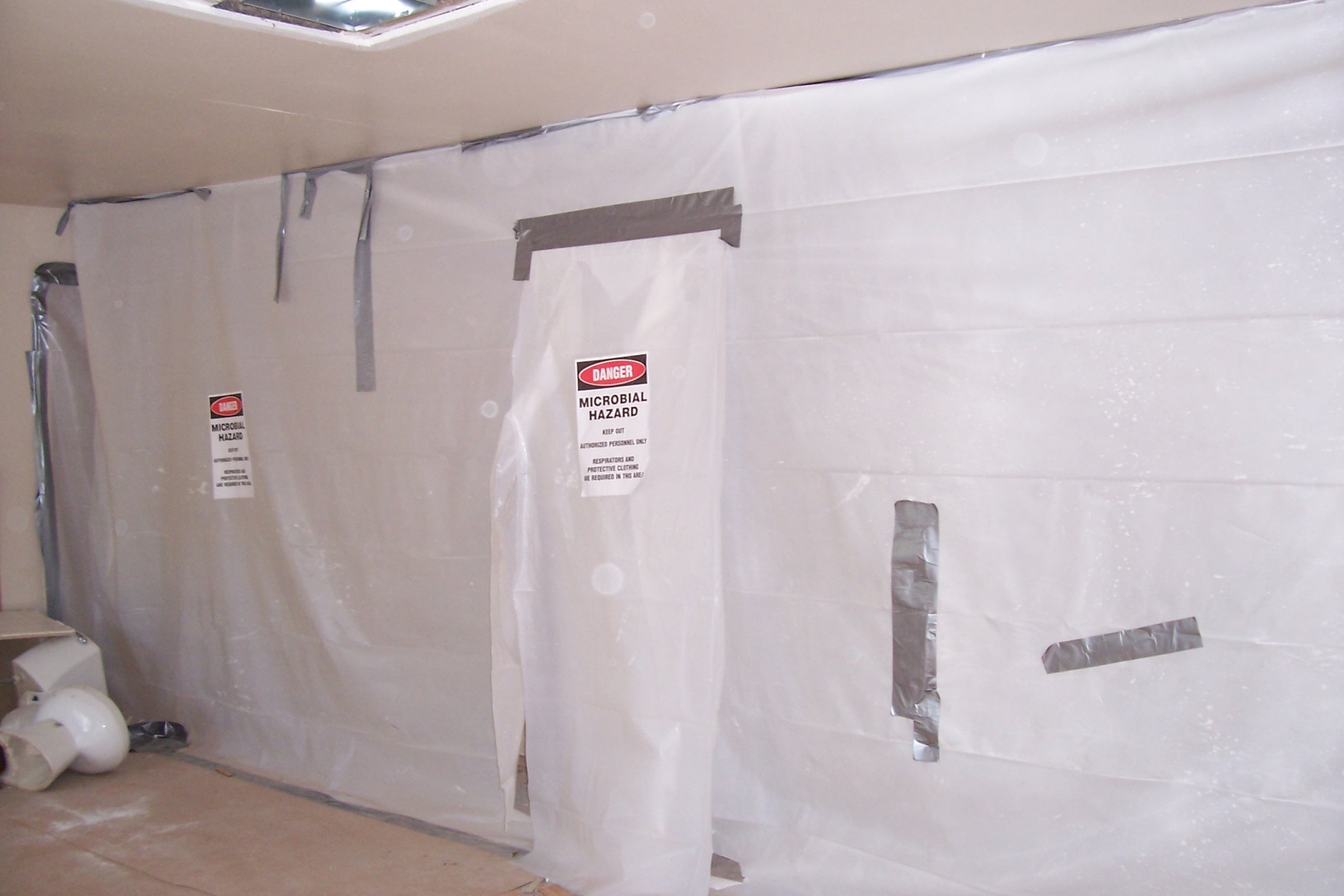Dugway Proving Ground in Utah has a unique problem. With the responsibility for chemical and biological testing of Army equipment in hostile environments, Dugway civilians play a vital part in overall Army readiness. But the problem is, where to live'
Go to almost any military base and you will find a town next door. But Dugway is so remote that there is no town - the nearest one is over an hour away through hills that are frequently covered in snow in the winter. In an unusual policy, housing on Dugway is leased to civilian employees. This is a powerful recruiting tool for an area that doesn't have much to offer in the way of amenities.
"It's an important resource," said Corps of Engineers Senior Project Manager Paul Feldman. "It's a quality of life issue and we've had to make our best effort to build safe, sustainable housing with a limited budget and a number of technical challenges."
The first phase of housing construction called for the remodeling of some circa-1950's housing units- around 162 units. That sounds easy enough - until you discover that the units to be remodeled were built with extensive use of asbestos. Removal of asbestos is an activity fraught with difficulty. Federal and state regulations stipulate operational procedures designed for maximum public safety that are expensive and complicated. It became necessary for the project manager to down-size the scale of the project to have enough financial capacity to dispose of the asbestos in an authorized manner and complete the remodeling.
"It meant that we had to place increased reliance on Dugway's Base Operations Manager," said Feldman. "He was able to help in some areas and allowed us to continue to completion of the project without stopping to resolve small maintenance issues that arise from time to time in any project."
All of the housing received new kitchens, including cabinets, appliances and flooring. Due to regulatory restrictions, parquet flooring had to be replaced with "sound-absorbing flooring." Other amenities included replacing the old swamp coolers with propane-fueled central heating and air conditioning systems, cable TV and internet connections and complete repainting of all interiors.
Lessons learned for everyone were: most housing over 30 years old contains asbestos that has to be removed. And, in the case of old houses, it is frequently cheaper to simply tear down the house than it is to remodel.
The next phase was to remodel 20 duplexes in the St. John's area to single-family homes with five or six bedrooms. If you're wondering why it was necessary to build homes with so many bedrooms, it's helpful to remember that many Mormons live in the area, who frequently have large families. Eleven duplexes were left standing to be demolished in the next phase and replaced with eight homes (again, to offset the cost of asbestos remediation).The new homes are three-bedroom, two-bath, field-grade officers' quarters. In the three now-vacant lots, the project manager directed that grass be planted for community play areas.
There's one more phase - to be built using $10 million of stimulus money. This phase includes a house for the garrison commander, two four-bedroom field grade houses and 17 company/field grade three- and four-bedroom houses.
With attractive, comfortable and energy-efficient houses in place, Dugway can do a better job of recruiting qualified people for the Army post's vital mission.


Social Sharing